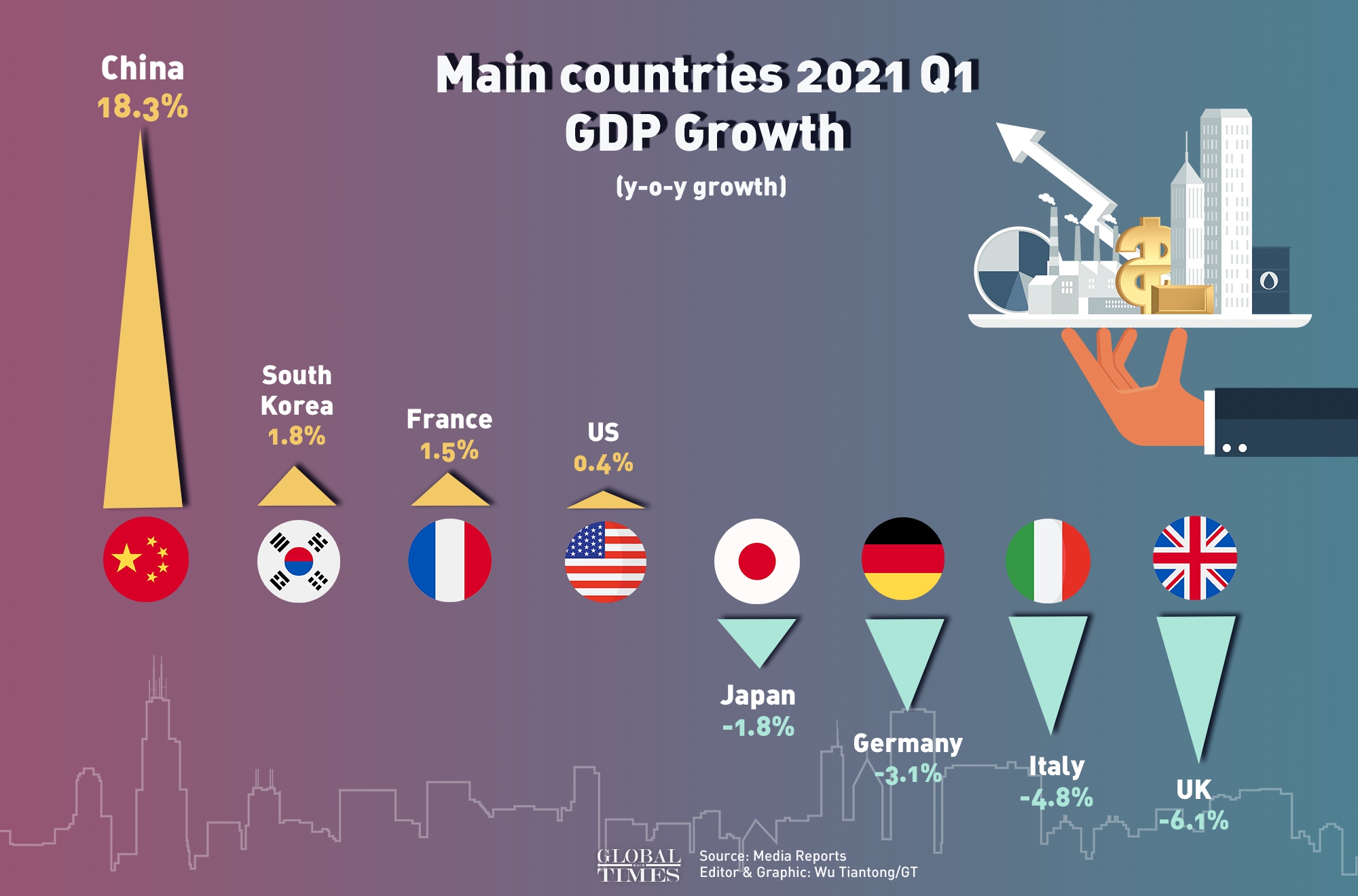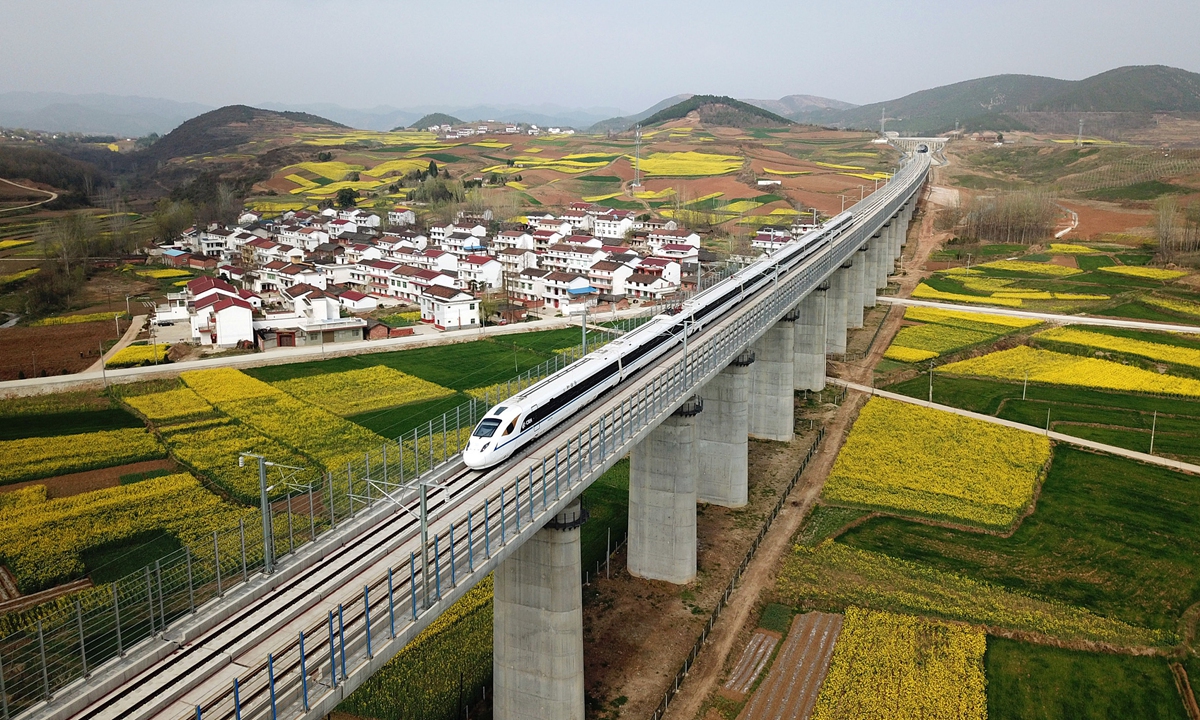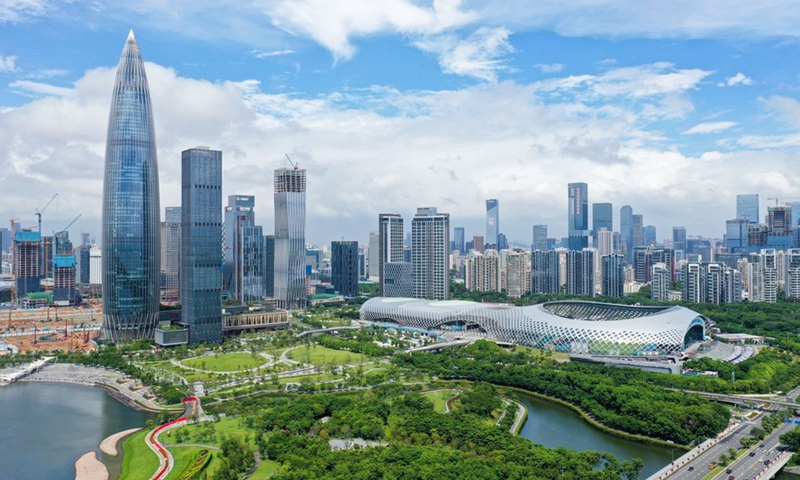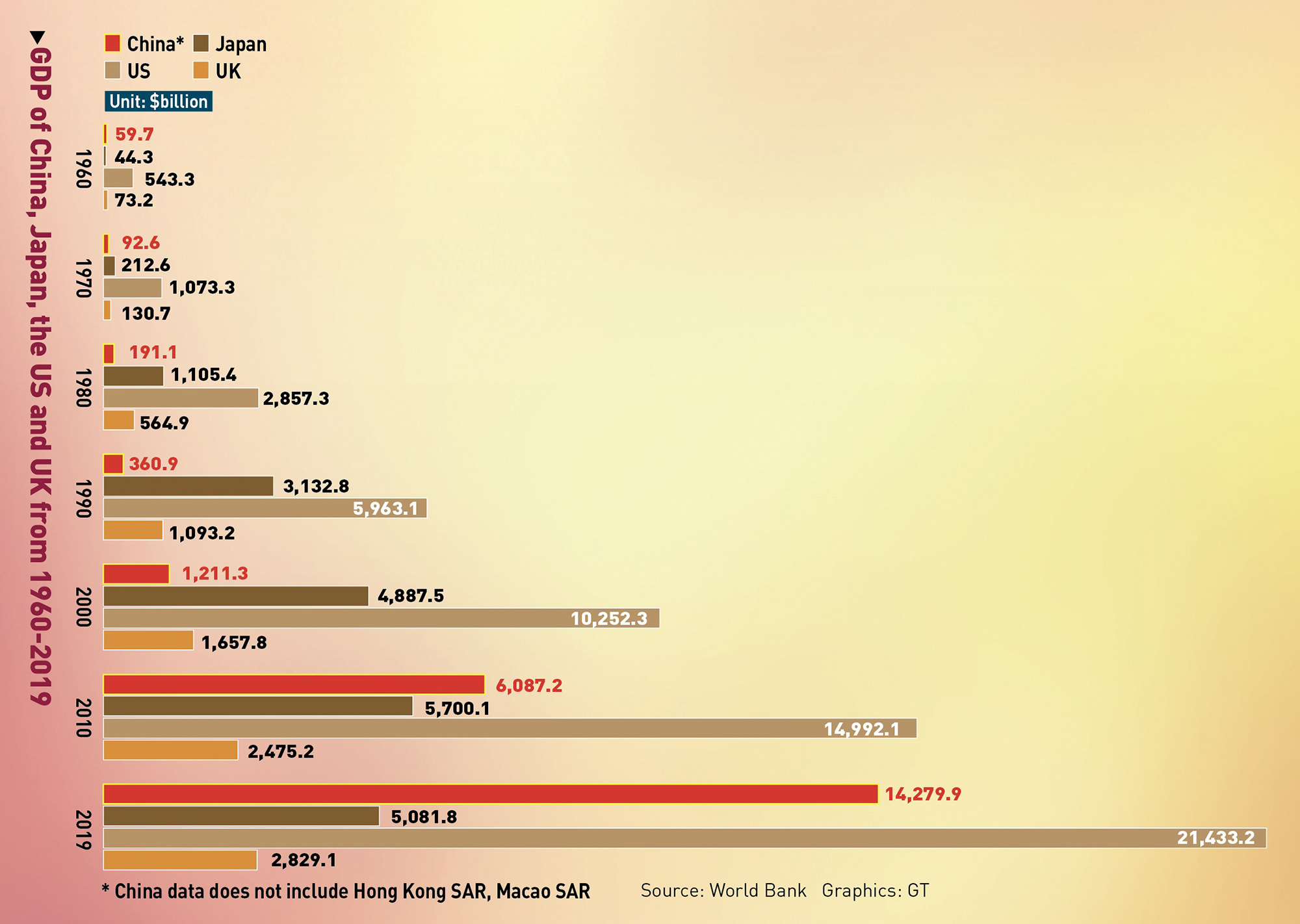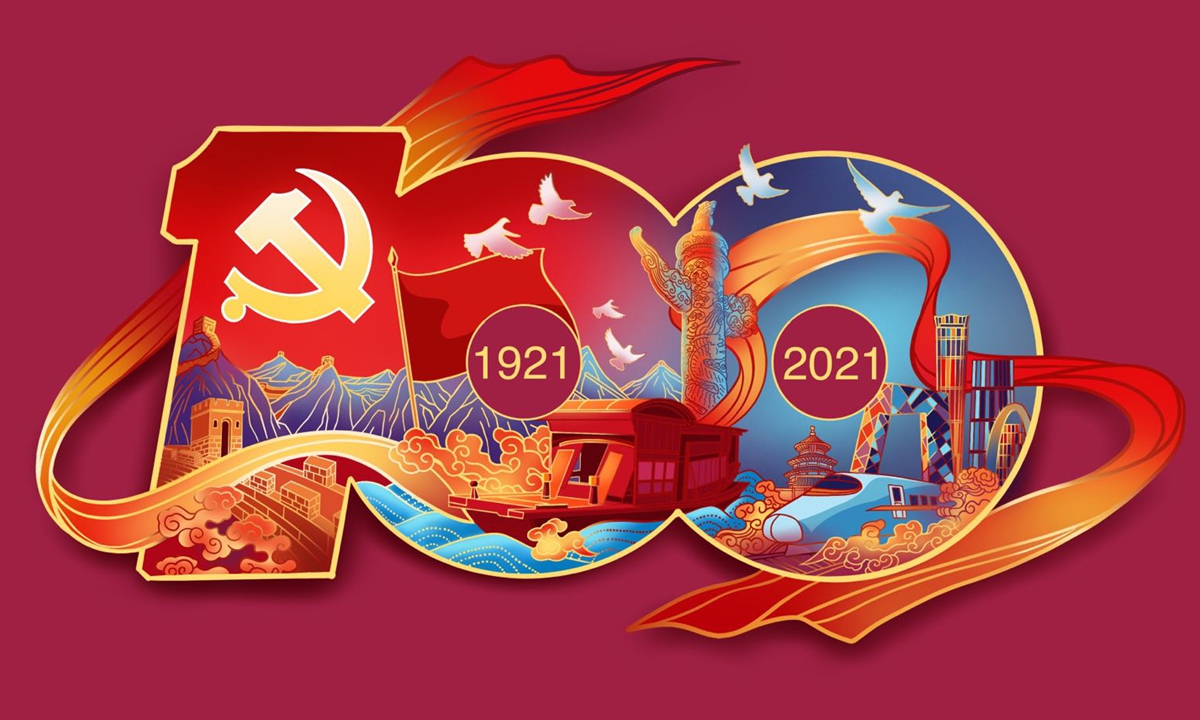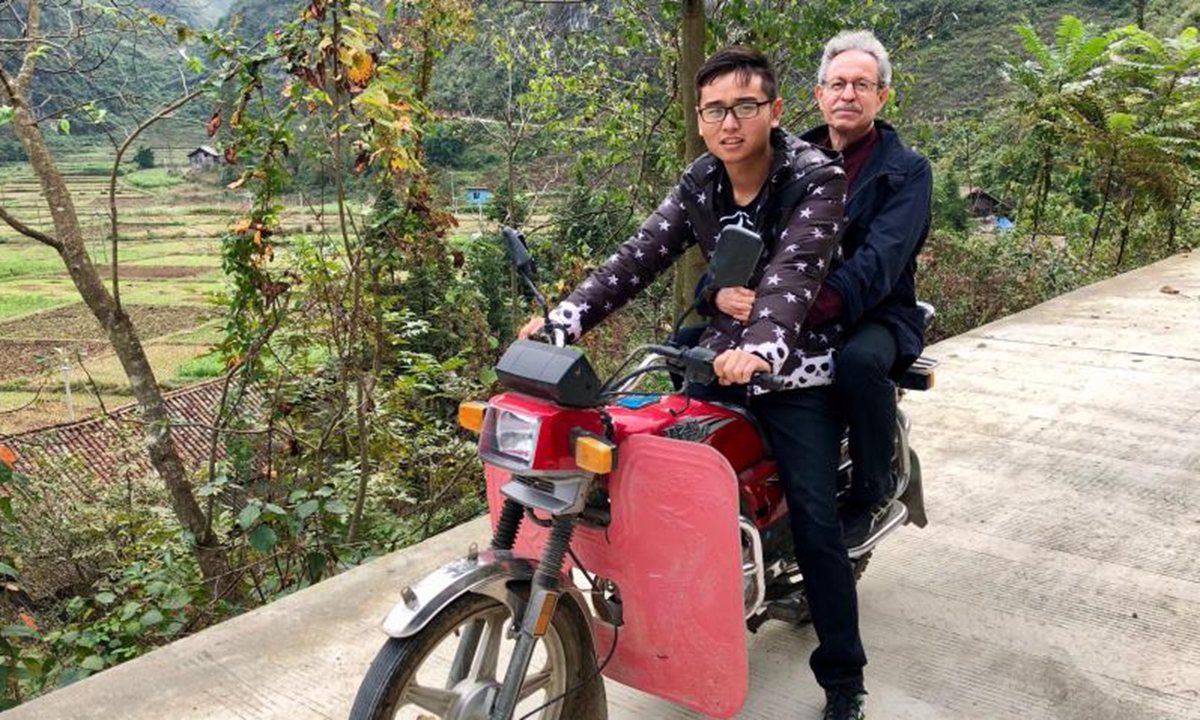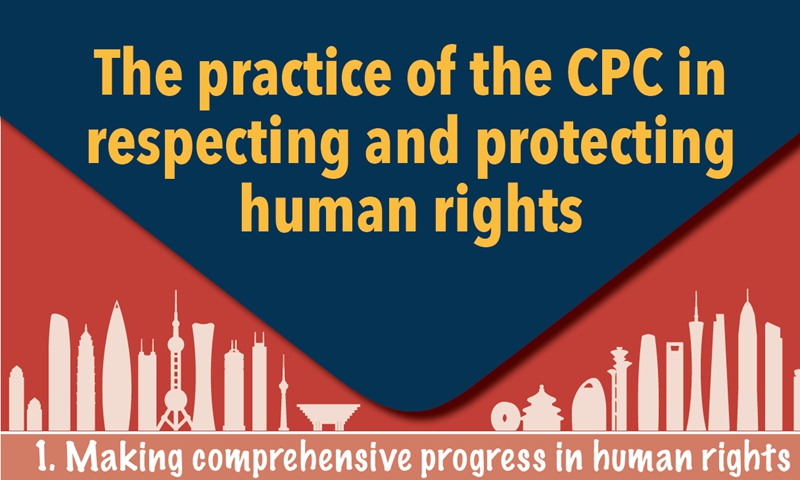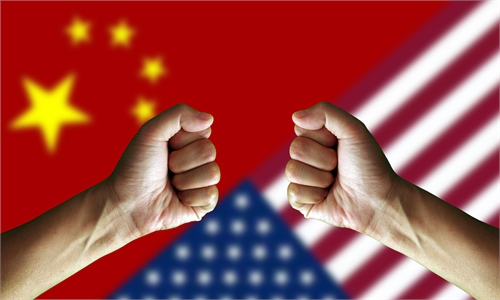In 2012, Xi Jinping, general secretary of the Communist Party of China (CPC) Central Committee, visited the exhibition "The Road of Rejuvenation." He described it as a retrospective on the Chinese nation, a celebration of its present and a declaration on its future. #XiJinping
The things taking place in China these days would have been unimaginable a century ago.
In 2022, Beijing, where invading imperialists wreaked havoc more than 100 years ago, will host the Olympic Games for a second time, a chance for the world to stand stronger and together in solidarity.
`
In space, three Chinese taikonauts will enter the Lunar New Year in China’s space station, which will continue orbital construction in the year.
`
China’s journey to national rejuvenation is one of Chinese Communists leading 1.4 billion Chinese people in an unyielding struggle against all obstacles and challenges.
`
The Communist Party of China (CPC) in July last year celebrated the 100th anniversary of its founding, and this year it will convene its 20th national congress.
`
It is necessary to maintain a stable and healthy economic environment, a secure and safe social environment, and a clean and righteous political environment.
`
Last year marks the critical juncture where the time-frame of China’s two centenary goals converge – to complete building a moderately prosperous society in all respects by the time the CPC celebrates its centenary, and to start building a great modern socialist country in all respects by the time the People’s Republic of China celebrates its centenary in 2049.
`
On the new journey, Xi Jinping, general-secretary of the CPC Central Committee, Chinese president and chairman of the Central Military Commission, is undoubtedly the core figure in charting the course of history.
`
“We must always keep a long-term perspective, remain mindful of potential risks, maintain strategic focus and determination, and ‘attend to the broad and great while addressing the delicate and minute’,” Xi said in his 2022 New Year address on Friday.
`
Xi paid tributes to the Chinese people who have been hard at work and looked back at the extraordinary journey travelled by the CPC.
`
“I sincerely hope all the sons and daughters of the Chinese nation will join forces to create a brighter future for our nation,” he said.
`
China is walking on a model of modernisation characterised by innovative, coordinated, green and open development path that is for everyone. It is a model leading socialist China out of a development trap reliant on extensive and inefficient growth at the cost of ecological damage, shifting the country to high-quality development, and avoiding situations where the rich become richer and the poor poorer.
`
China’s economy is estimated by some international organisations to have grown 8% last year to reach 110 trillion yuan (RM72 trillion).
`
How to “divide the pie” is a world challenge and also one that China is committed to tackling.
`
Nationwide, measures have been taken to prevent runaway expansion of capital, maintain order in the market, galvanise market entities of all types, especially micro, small, and medium enterprises, and protect the rights and interests of workers and consumers.
`
China’s “common prosperity” initiative “is meant to end monopolies, increase innovation and competition, and give fairer opportunities, so now is the best time to invest in China’s hinterland”, said Shaun Rein, founder and managing director of the China Market Research Group, a strategic market intelligence firm.
`
Zhejiang province, an economic powerhouse in east China, has drawn up detailed plans to achieve common prosperity, including labour remuneration will account for more than 50% of its GDP by 2025, and the ratio of residents per capita disposable income to per capita GDP will continue to increase during the period.
`
Modernisation also reaches less developed regions such as the southwestern province of Guizhou, which has become the front-runner of China’s big data industry since being approved to build the country’s first national big data comprehensive pilot zone in 2016.
`
Tech giants including Apple and Microsoft have established their cloud computing and big data centres and their regional headquarters in the province.
`
Leveraging its accommodating climate, clean air and geography, Guizhou is now one of the regions with the highest number of mega-data centres in the world.
`
The rejuvenation spans more than just material goods such as high-speed trains or an emerging fleet of new energy cars. By 2035, China is set to basically achieve socialist modernisation.
`
China is also aiming to have CO2 emissions peak before 2030 and achieve carbon neutrality before 2060. A top-level design document has been released towards the ambitious goal.
`
The Party has established Xi’s core position on the Party Central Committee and in the Party as a whole and defined the guiding role of Xi’s Thought on Socialism with Chinese Characteristics for a New Era.
`
This reflects the common will of the Party, the armed forces and Chinese people of all ethnic groups, and is of decisive significance for advancing the cause of the Party and the country in the new era.
`
Today, the great rejuvenation of the Chinese nation has entered an irreversible historical process, but it will not be easy, as Xi said on Friday: It will not happen overnight.
`
China’s economic development is facing pressure from demand contraction, supply shocks and weakening expectations, and the external environment is becoming increasingly complicated and uncertain.
`
China also faces an ageing population.
`
In deepening reform and opening up, certain deep-seated institutional problems and impediments from vested interests became increasingly evident.
`
China’s reform thus entered a critical phase fraught with tough challenges.
`
Some elements in the world still deem themselves superior and always want to impose their own will on others: They throw out arbitrary rules and use human rights and other high-sounding excuses to smear China and many other developing countries.
`
State Councillor and Foreign Minister Wang Yi said China must not compromise or back down.
`
“Instead, we must face them head-on, and pull together with most countries to defend fairness and justice,” Wang said on Thursday.
`
In its continued engagement with the world, China upholds and practises true multilateralism, urging countries to resolutely uphold the authority and standing of the United Nations, jointly oppose division and confrontation, stand together against zero-sum games and make constant efforts for greater democracy in international relations.
`
As Xi said on Friday, “Only through unity, solidarity and cooperation can countries around the world write a new chapter in building a community with a shared future for mankind.” — Xinhua
`
Source link
Xi's speech hailed for global vision | The Star
Related posts:











